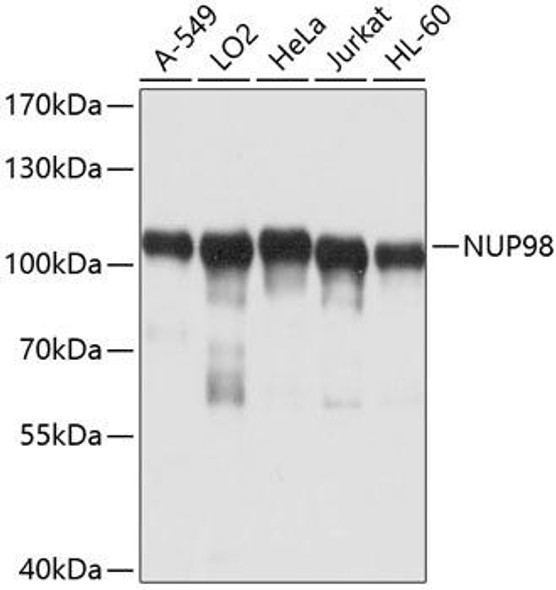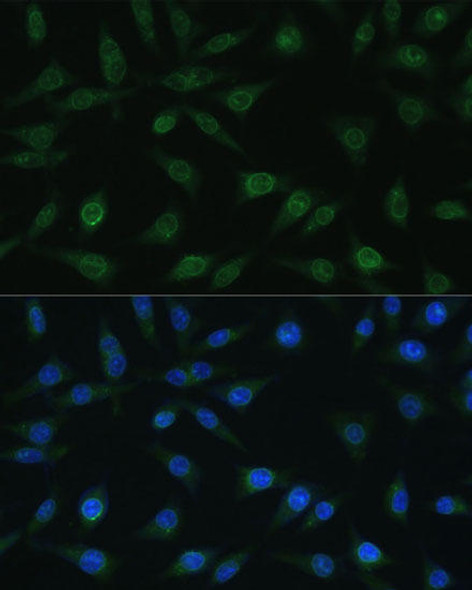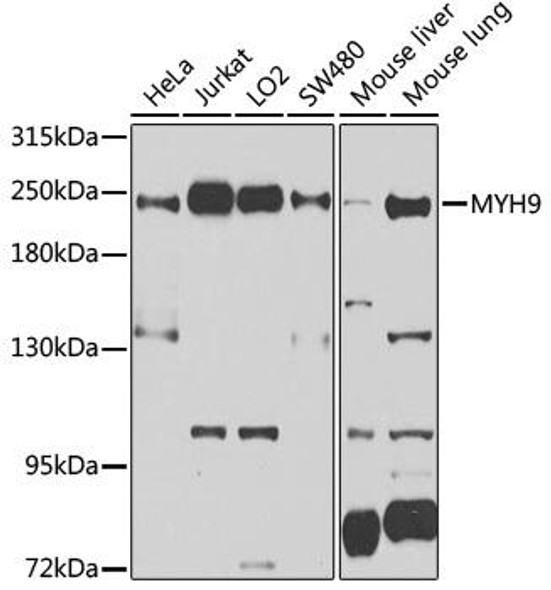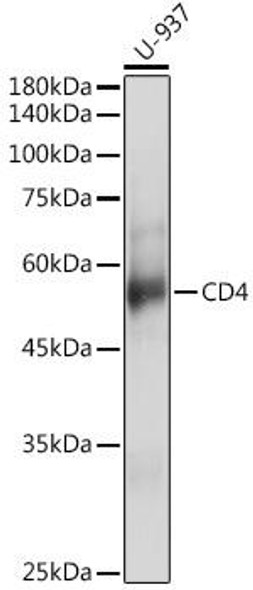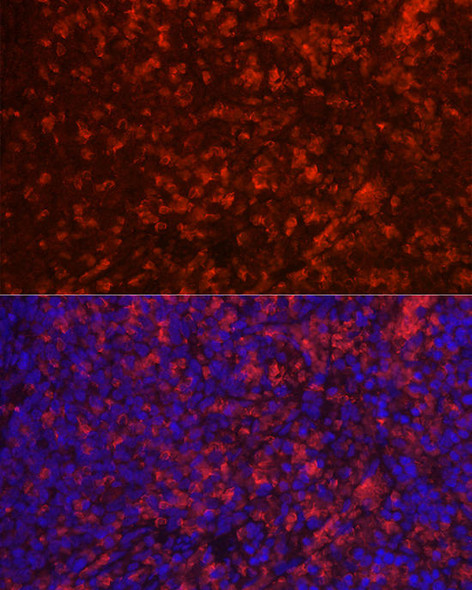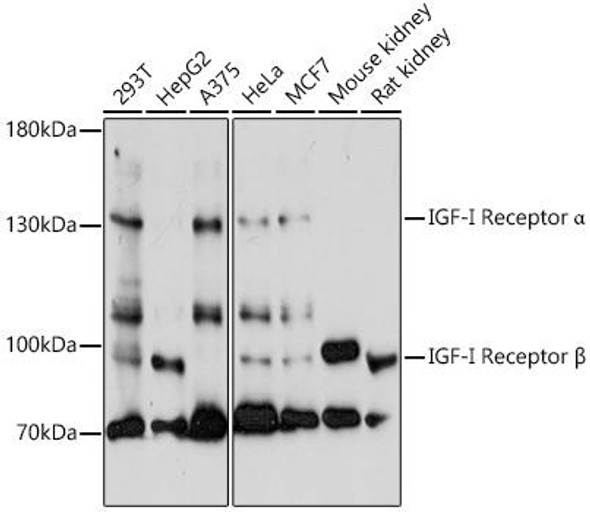Description
ATP6V1G2 Rabbit Polyclonal Antibody (CAB20163)
The ATP6V1G2 Polyclonal Antibody (CAB20163) is a valuable tool for researchers studying ATP6V1G2, a subunit of the vacuolar ATPase complex involved in cellular processes such as vesicular trafficking and acidification of intracellular compartments. This antibody, raised in rabbits, exhibits high reactivity with human samples and has been validated for use in Western blot applications.ATP6V1G2 is crucial for maintaining the acidic pH of various organelles and regulating cell growth and proliferation. Dysregulation of ATP6V1G2 has been linked to diseases such as cancer and osteopetrosis, making it a target of interest in biomedical research.
By specifically binding to ATP6V1G2, this antibody enables the detection and analysis of the protein in different cell types, providing insights into its role in cellular physiology and pathology.Researchers in the fields of cell biology, cancer research, and osteoporosis will find the ATP6V1G2 Polyclonal Antibody (CAB20163) to be a valuable tool for investigating the function of ATP6V1G2 and its potential implications in disease development and progression.
| Product Name: | ATP6V1G2 Rabbit Polyclonal Antibody |
| SKU: | CAB20163 |
| Size: | 20uL, 100uL |
| Isotype: | IgG |
| Host Species: | Rabbit |
| Reactivity: | Human,Mouse,Rat |
| Immunogen: | Recombinant fusion protein containing a sequence corresponding to amino acids 40-100 of human ATP6V1G2 (NP_569730.1). |
| Sequence: | AQME VEQY RRER EHEF QSKQ QAAM GSQG NLSA EVEQ ATRR QVQG MQSS QQRN RERV LAQL L |
| Tested Applications: | WB IHC-P ELISA |
| Recommended Dilution: | WB,1:500 - 1:1000 IHC-P,1:50 - 1:200 |
| Synonyms: | NG38; ATP6G; VMA10; ATP6G2; ATP6V1G2 |
| Positive Sample: | SH-SY5Y,Mouse brain,Rat brain,Mouse eye |
| Conjugate: | Unconjugated |
| Cellular Localization: | cytosol, extrinsic component of synaptic vesicle membrane |
| Calculated MW: | 14kDa |
| Observed MW: | 14kDa |
This gene encodes a component of vacuolar ATPase (V-ATPase), a multisubunit enzyme that mediates acidification of intracellular compartments of eukaryotic cells. V-ATPase dependent acidification is necessary for such intracellular processes as protein sorting, zymogen activation, receptor-mediated endocytosis, and synaptic vesicle proton gradient generation. V-ATPase is composed of a cytosolic V1 domain and a transmembrane V0 domain. The V1 domain consists of three A and three B subunits, two G subunits plus the C, D, E, F, and H subunits. The V1 domain contains the ATP catalytic site. The V0 domain consists of five different subunits: a, c, c', c'', and d. Additional isoforms of many of the V1 and V0 subunit proteins are encoded by multiple genes or alternatively spliced transcript variants. This encoded protein is one of three V1 domain G subunit proteins. This gene had previous gene symbols of ATP6G and ATP6G2. Alternatively spliced transcript variants encoding different isoforms have been described. Read-through transcription also exists between this gene and the downstream DEAD (Asp-Glu-Ala-Asp) box polypeptide 39B (DDX39B) gene.
| Purification Method: | Affinity purification |
| Gene ID: | 534 |
| Storage Buffer: | Store at -20℃. Avoid freeze / thaw cycles.Buffer: PBS with 0.01% thimerosal,50% glycerol,pH7.3. |




